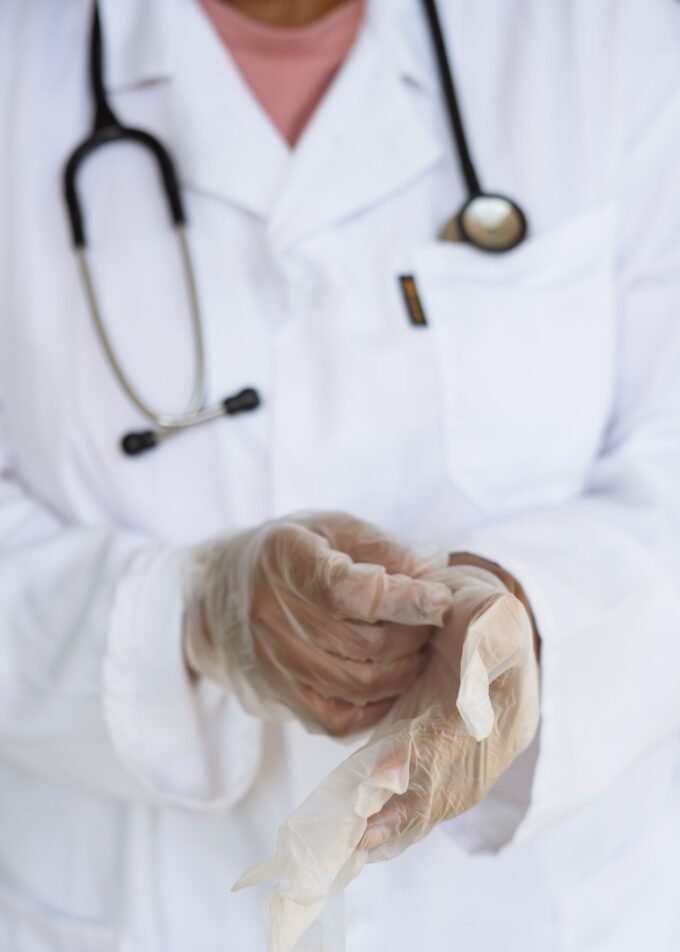
Biological exposure monitoring of healthcare workers via urine sampling has some merit. From the 39 articles in this scoping review, most studies (irrespective of design) reported at least one sample with detectable levels of hazardous drugs.
Several clinicians described less reliance on intuition in assessing for misuse and the ability to identify unsuspected cases of abuse. However, many questions remain.
Basic Urine Toxicology
Urine drug screening (UDS) is used in health care, workplace, and criminal settings. The Department of Health and Human Services recommends testing for amphetamines, marijuana, cocaine, opiates, and phencyclidine (PCP). Immunoassays are the most common method for UDS but are known to have false positives and negatives and do not detect same-day use of drugs or contaminants.
LCMS urine tests can be used to verify the results of immunoassays and provide greater specificity for the presence of drugs and their metabolites in the urine. The LCMS test is more expensive and takes longer, but it can be critical in making confident treatment decisions.
LCMS Urine Toxicology
There is a wide range of methods for detecting urine adulteration and substitution. They can be divided into improved detection of established urine validity parameters, direct and indirect techniques for screening for new adulteration markers, and metabolite-based methods. Experts like Chris Manfuso could give more precise advice and details on urine toxicology.
Recent studies showed that LCMS/MS, LC-HRMS, LC-MSn, and LC-HRMSn methods offer higher sensitivity than surface methodologies. However, comparing the sensitivity results of different processes is difficult because several parameters are evaluated, including linearity, accuracy, precision, LOD/LOQ, extractio, and matrix effect.
Cytostatic drugs are used extensively in cancer treatment and may cause toxic effects in healthcare workers occupationally exposed to them. This makes it essential to establish reliable urine tests to detect these substances’ presence in healthcare workers’ samples. Despite the availability of many methods for detecting the manipulation of urine, there is still a need for simple, sensitive, and objective methods. New approaches have been proposed, focusing on small molecules (e.g., metabolites and stable endogenous compounds).
Occupational Health Surveillance
Occupational health surveillance is the systematic collection, analysis, and dissemination of information on employees exposed to potential hazards in their workplaces. The data collected are used to identify trends and to help predict whether workers will experience adverse health effects.
OHNs participate in identifying, designing, and implementing health surveillance programs, including determining appropriate screening methodologies. OHNs also participate in program evaluation and risk assessment and support supervisors and staff as needed.
Examples of surveillance activities include urine methanol estimations for workers exposed to methylene chloride, blood phenol estimations in workers exposed to benzene, lung function testing in quarry workers who may be exposed to dust or noises, and cholinesterase estimations in workers exposed to organophosphorus pesticides. In addition, OHNs communicate essential information to SRM regarding changes in employee medical evaluation results that could impact their workability or limitations. This ensures the MSU health and safety team can appropriately assist the affected worker.
Medical Surveillance
Medical surveillance (also known as screening) is a set of examinations and tests designed to detect signs or symptoms of occupational disease before the worker develops them. Medical surveillance is essential to any workplace health and safety program and should be conducted by a qualified physician or nurse with expertise in occupational medicine.
Mandated by federal and state regulations, a typical medical surveillance program includes symptom interviews and physical examinations, ancillary testing such as lung function testing, and chest X-rays for workers exposed to respirable quartz. Medical screening is usually done during compensated work hours and includes a health history review, tuberculosis skin test, and immunizations for rubella, measles, varicella, and hepatitis B.
A successful medical surveillance program requires careful interpretation of data to ensure that test results are not false positives and can be related to the hazard to which the employee is being exposed. This is why having a single onsite provider handle all required tests, examinations, and screenings is so important.














